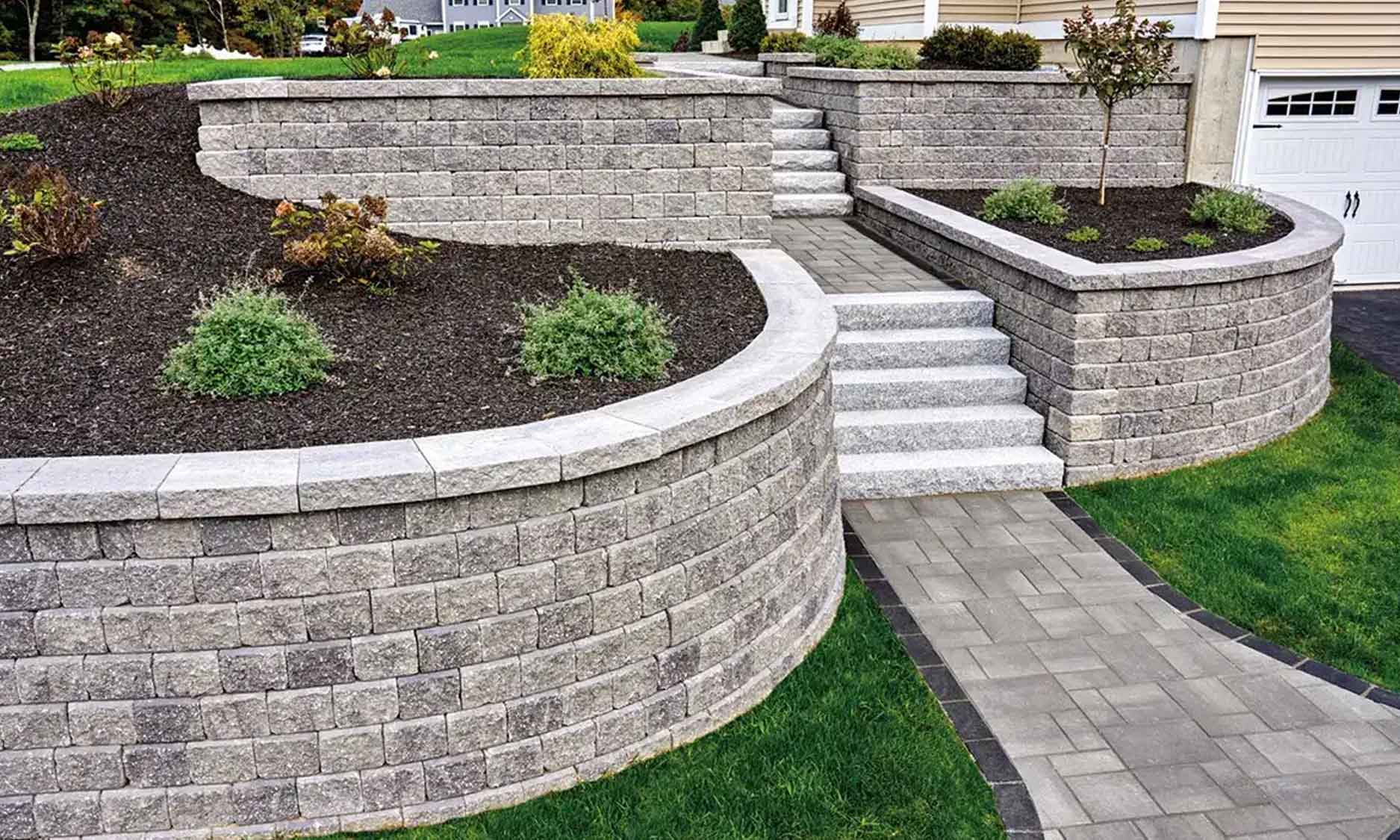When you’re considering a new walkway for your property, professional installation can make a significant difference in both functionality and appearance. Experts bring precision and efficiency, ensuring the use of suitable materials like concrete, natural stone, or paver stones. They also address important aspects like water drainage and hazard reduction. But what specific benefits can you expect from hiring professionals, and how do they choose the right materials to complement your home’s architecture? There’s more to explore about how these experts enhance your landscape design.

Benefits of Professional Installation
Hiring professionals for walkway installation ensures you benefit from their expertise, precision, and efficiency. When you enlist experts, you tap into years of specialized experience that ensures your walkway not only looks impressive but functions at its best. They know the best practices to achieve a durable, aesthetically pleasing result that you’ll be proud to showcase.
Professional installers don’t just lay down materials; they assess your property’s specific needs. They meticulously plan the layout, grade the ground properly, and ensure effective water drainage. This prevents future issues like uneven surfaces or water pooling. Their precision in executing these steps minimizes potential hazards and maintenance costs down the line.
Efficiency is another critical advantage. Professionals come equipped with the right tools and techniques to complete the job swiftly without compromising quality. They streamline the process, saving you valuable time and reducing any disruptions to your daily routine. Additionally, they often provide warranties on their work, giving you peace of mind.
Choosing the Right Materials
Selecting the right materials is crucial for guaranteeing your professionally installed walkway remains durable and visually appealing. You need to contemplate factors like climate, foot traffic, and maintenance requirements to ensure your walkway serves your needs effectively.
For instance, concrete is a sturdy and versatile option suitable for high-traffic areas, while natural stone offers a timeless and elegant look, though it may require more upkeep.
Paver stones are another excellent choice, providing a balance between durability and aesthetic appeal. They’re relatively easy to replace if damaged, making them an ideal choice for those who prioritize longevity and ease of repair.
Additionally, brick walkways offer a classic charm and can be laid in various patterns to suit your style, though they might need periodic maintenance to prevent weed growth.
Don’t disregard the importance of selecting the appropriate base material. A well-prepared base ensures proper drainage and minimizes the risk of shifting and cracking. Typically, a combination of crushed stone and sand provides a stable foundation.
Design Considerations
When planning the design of your walkway, consider elements like layout, width, and style to guarantee it complements your property’s overall aesthetic and functionality. The layout should guide guests naturally, ensuring a seamless flow from one area to another. A well-thought-out design enhances not only the beauty of your property but also its usability.
First, determine the width of your walkway. A standard width allows for comfortable passage, but wider walkways can create a more inviting atmosphere.
Second, think about the layout. Curved walkways add charm and intrigue, while straight paths offer a more formal and direct route.
Third, choose a style that matches your home’s architecture. Whether you prefer modern, rustic, or traditional, your walkway should reflect that style.
Fourth, don’t overlook lighting. Proper illumination is essential for safety and enhances the walkway’s visual appeal at night.
Here’s a quick summary to help you plan:
- Width: Ensure it’s wide enough for comfort.
- Layout: Decide between curved or straight paths.
- Style: Match it to your home’s architecture.
- Lighting: Incorporate effective and attractive lighting.
Installation Process
Once you’ve finalized the design, it’s time to break ground and start the installation process to bring your vision to life. Begin by marking the area where the walkway will be installed. Use stakes and string to outline the path, making sure you follow the designed dimensions precisely.
Next, excavate the marked area to a depth of about 6-8 inches, depending on the type of material you’ll be using. After excavation, install a layer of landscape fabric to prevent weed growth. On top of this, add a 4-6 inch base layer of crushed stone or gravel. Compact this base thoroughly to provide a stable foundation.
At this stage, you should be thorough to guarantee the base is level and slopes slightly for proper drainage. Now, you can lay the pavers or stones. Start from one end and work your way to the other, fitting each piece snugly. Use a rubber mallet to tap the stones into place, maintaining consistent spacing.
Once all the pavers are laid, spread polymeric sand over the surface and sweep it into the joints. Finally, use a plate compactor to secure everything in place.
Your newly installed walkway is now ready to serve and enhance the landscape!
Maintenance Tips
Proper maintenance is key to maintaining your walkway’s durability and visual appeal for years to come. To achieve this, you must follow a consistent maintenance routine.
Here are four essential tips to keep your walkway in pristine condition:
- Regular Cleaning:
Sweep your walkway weekly to remove debris, leaves, and dirt. This prevents the buildup of materials that can stain or damage the surface. For a deeper clean, use a pressure washer on a low setting to avoid displacing any pavers or stones.
- Weed Control:
Weeds can compromise the structural integrity of your walkway. Regularly inspect for weeds and apply a weed killer or use a natural solution like vinegar to eliminate them. For persistent weeds, consider installing a weed barrier beneath the walkway.
- Sealant Application:
Apply a sealant every 2-3 years to safeguard your walkway from moisture, stains, and the effects of weather. A high-quality sealant enhances the color and longevity of the materials, ensuring they remain vibrant.
- Repair Cracks and Shifts:
Address small cracks and shifts promptly to prevent them from becoming larger issues. Use a suitable filler or patching material and make sure the surface is level to avoid tripping hazards.